In a small monastic cemetery in Wayne Township, Lawrence County, Pennsylvania, rests the remains of an Orthodox nun known as Mother Alexandra, an extraordinary woman who served the Orthodox Church with great distinction until she passed away in early 1991. Her life story, and how she came to reside in Lawrence County, is an amazing story of courage and conviction.
She was born in Bucharest, Romania, on January 5, 1909, as Princess Ileana Hohenzollern, the youngest daughter of Archduke Ferdinand and Princess Marie of Romania. Less than six years later her father, after a slew of renunciations, assumed the throne of Romania. Her father King Ferdinand I, born in Germany in 1865, was of noble Prussian ancestry, while her mother Queen Marie, born in Scotland in 1875, was a member of the British royal family and the granddaughter of Queen Victoria. Their arranged marriage, meant to form an alliance between Germany and England, took place in 1892 when Marie was just seventeen. The royal union, which produced six children, proved to be an unhappy one and rumors persisted that Ileana’s biological father was a Romanian prince named Barbu Stribey.
Ileana, raised in the Eastern Orthodox religion, lived a privileged childhood while growing up in Bucharest. She resided in the royal palace, was schooled in several languages, learned to sail and ski at the finest resorts, was taught about fine art, and had servants to do her bidding. However, there was a whole other facet to Ileana. From her mother Marie she learned about caring for people that were sick or less fortunate. Her mother once wrote that, “Ileana was the child of my soul. It wasn’t necessary to teach her right from wrong. She knew.” Ileana had serious pursuits at a young age, taking the lead in local girls’ clubs, learning about nursing, and serving as an interpreter for the American Red Cross. She learned how to relate to everyone regardless of their social status and it would make Ileana quite popular with the Romanian people.
Romania remained neutral as the Great War (World War I), which commenced in the summer of 1914, continued to rage across Europe. Ferdinand was torn between supporting his native Germany or joining the Allied Powers that included his wife’s native United Kingdom. Finally, at the urging of the strong-willed Queen Marie, Romania entered the war in August 1916 aligned with the United Kingdom and Russia. Romania was quickly overwhelmed and occupied by German military forces, and the royal family, including young Ileana, was forced to flee to Moldavia. Ferdinand agreed to (but did not sign) surrender terms with Germany, but reentered the war late in 1918 and regained all his lost territory and then some.
In late 1926, when she was seventeen, she toured the United States and Canada with her brother Prince Dominic and mother Queen Marie – a proud and popular ambassador for Romania. The whirlwind tour by train featured stops in such major cities as New York, Boston, Washington D.C., Philadelphia, Montreal, Toronto, Chicago, St. Louis, Denver, Seattle, and Vancouver. During their extensive travels they were given a ticker tape parade in New York City, dined in the White House with U.S. President Calvin Coolidge, reviewed military cadets at Annapolis and West Point, laid a wreath on the Tomb of the Unknowns at Arlington National Cemetery, visited Abraham Lincoln’s birthplace in Illinois, toured a steel plant in Indiana, meet officials of the Sioux tribe in North Dakota, and inspected oil wells in Wyoming. The tour was cut short when news arrived the King Ferdinand was in ill health back home in Romania.
King Ferdinand eventually died in July 1927. When Queen Marie refused a plan to share power her grandson took full control of Romania as King Michael I. Michael was in turn deposed in 1930 by his own father King Carol II (Ileana’s older brother), who had previously renounced the throne. Carol II quickly removed his popular mother Marie from a position of influence and relegated her to obscurity.
During a trip to Spain in 1930 the beautiful Ileana met Archduke Anton Habsburg of Austria-Tuscany, then living in exile due to an uncertain political climate in his own country. A romance developed and they were married in July 1931 when Ileana was twenty-two years old. After King Carol II refused to allow them to live in Romania, they took up residence in Sonnberg Castle near Vienna, Austria. As Ileana departed her native country she took with her a small gold container filled with Romanian soil, which became her most prized possession.
Over the next decade Ileana mothered six children, including Stefan in 1932, Marie-Ileana (“Mino”) in 1933, Alexandra (“Sandi”) in 1935, Dominic (“Niki”) in 1937, Marie Magdalene (“Magi”) in 1939, and Elizabeth (Herzi”) in 1942. Each time a child was born Ileana placed the container of soil under the bed, so she could say the children were born in Romania. During this time Ileana grew increasingly religious and more involved in the Eastern Orthodox Church, although her children were raised as Roman Catholics like their father.
The late 1930’s brought a major political upheaval throughout all of Europe as another great war loomed on the horizon. Austria was annexed by Germany in March 1938 and a small group of German military officers became unwanted “guests” at Sonnberg Castle. Ileana suffered a major blow a few months when her beloved mother, who was living in exile, grew ill and died. Her husband Archduke Anton was also conscripted into the German Army, eventually serving as a flight instructor with the Luftwaffe during World War II. During her husband’s absence Ileana, following the lead of her mother, established a hospital in Vienna to care for wounded soldiers. Meanwhile, back in Romania, her brother King Carol II was forced to abdicate in 1940 and the new government soon joined ranks with Germany.
With Russian forces advancing on Vienna in 1944 a concerned Anton and Ileana moved back to Romania. They took up residence in Bran Castle, which she had inherited from her mother’s estate. Unfortunately, Russian troops soon occupied Romania as well and began to assert their Communist agenda. Anton was placed under house arrest and most of Ileana’s family possessions were confiscated. Meanwhile, Ileana, facing danger at every direction, kept working as a nurse and established a hospital in the village of Bran.
Eventually, in late 1947, Communist forces took full control of the Romanian government and Anton and Ileana fled into exile. Among the items she smuggled out included her royal wedding tiara, a magnificent treasure that Russian Tsar Nicholas I had made for his own bride back in 1825. Anton and Ileana, with their six children in tow, briefly went to Switzerland and then found permanent asylum in Buenos Aires, Argentina.
Ileana, who grew more and more immersed in her Orthodox faith, began to suffer from debilitating pain in her feet and back due to chronic arthritis. By this time her marriage was also in shambles and the royal couple decided to go their own ways in early 1950. Anton returned to post-war Vienna, then under Russian occupation, and began a lengthy struggle to reclaim his rightful property and possessions. Ileana was provided a temporary visa and allowed to travel to Boston, Massachusetts, for advanced medical treatment. With the assistance of U.S. Congressman (and future U.S. President) John F. “Jack” Kennedy she was later given permanent residency.
In dire need of money to support her children she sold her valuable wedding tiara. She used the money to purchase a modest home in Newton, Massachusetts, and to pay for her children’s education. The royal life was long gone, as she learned to cook and clean and became a modern housewife. To support her family she began lecturing across the country about the benefits of Christianity and the evils of Communism, and also authored several books about her personal experiences. Ileana was divorced from Archduke Anton in May 1954, and remarried a Romanian-born pathologist named Dr. Stefan Issarescu a month later. She continued giving lectures and traveled all over the United States during the 1950’s.
At the about midnight on the night of Saturday, May 5, 1956, as Ileana exited a service with 400 other worshippers (celebrating the Eastern Orthodox Easter) at St. Dumitru’s Romanian Orthodox Church in New York City, an elderly Romanian man – positioned across the street – fired multiple gunshots into the crowd. Ileana luckily escaped injury, but the church warden was killed and five others were injured. The assassin, of questionable motives and mental capacity, claimed he did not specifically target Princess Ileana or the Reverend Florian Galdau – both being well known anti-Communists. The man, an unemployed handyman named Todurchi “Tony” Sava, claimed no association with Communist forces and said he just “did it for America.” It was popularly believed that Communist leaders in Romania had attempted to assassinate her or the priest, and as a result Ileana was placed under armed guard for a time.
On Saturday, May 1956, as she exited a service with other worshippers at St. Dimutru’s Romanian Orthodox Church in New York City, an elderly Romanian man fired multiple gunshots into the crowd. Ileana luckily escaped injury, but one person was killed and five others were injured. The man, of questionable motives and mental capacity, claimed he did not specifically target Princess Ileana. He said he had no association with Communist forces and just “did it for America.” It was popularly believed that Communist leaders in Romania had attempted to assassinate her, and as a result she was placed under armed guard for a time.
Her health problems continued to bog her down and in 1957 she underwent an operation to stabilize her situation. It was during her convalescence that she decided to dedicate the remainder of her life to the Orthodox Church. In the fall of 1958 she told her family about her desire to become a nun. By this time her children, who all graduated from college, had grown into adulthood. Her son Stefan married an American girl and went to work for General Motors in Detroit, Michigan. Her other five children all moved back to Europe but remained close to their mother.
Ileana was gradually becoming more and more involved in the Orthodox Church, but two events in 1959 really hastened her to completely immerse herself in her faith. Her oldest daughter Mino, who had married an Austrian count, was killed in a plane crash in Brazil in January 1959. Not long after this tragedy her son Stefan contracted a serious illness and Ileana helped nurse him back to health. By late 1960 she had meaningful discussions with Orthodox Church officials about becoming a nun. Her disapproving husband objected to her plans, so she spent time in Nevada to gain a legal divorce from him. Finally, with her affairs in order, she entered a monastery (convent) in remote Bussy-en-Orth, France, in September 1961. She was at peace as this was clearly her true calling in life. Ileana took her final vows in April 1967 and became known as Sister Alexandra.
Sister Alexandra returned to the United States with a plan to open the first English-speaking Orthodox monastery in North America. She went about searching for a suitable site, narrowing it down to locations in Smith Valley, Nevada, and Ellwood City, Pennsylvania. She solicited funds and was eventually able to raise $125,000 from supporters in the United States and in Europe. She soon chose the Ellwood City site because of its more urban location and the large population of Orthodox Christians in western Pennsylvania. In November 1967 the church purchased the 96-acre hilltop site, located along the Portersville Road in Wurtemburg. At least part of the land was acquired from the George E. White family.
The monastery would be aligned with the Russian Orthodox Greek Catholic Church in America, which had its origins with Russian monks serving in Alaska in 1794. The New York-based church was fully recognized and granted independence from the Russian Orthodox Church in 1970, and was renamed as the Orthodox Church in America.
A dream was realized as the Orthodox Monastery of the Transfiguration was born. Sister Alexandra initially lived alone in a trailer on the property, until several temporary buildings were erected in the fall of 1968. A dedication ceremony was held on Saturday, September 28, 1968. The joyous ceremony was presided over by the esteemed Metropolitan Ireney (John Bekesh), who oversaw the Orthodox Church in America from 1965 until his retirement in 1977. Sister Alexandra was officially consecrated as Mother Alexandra and directed to serve as “abbess” of the monastery. The small monastic community grew in the coming years and a cemetery was also established on the grounds.
Mother Alexandra served as abbess until declining health saw her step down and hand the reins to Mother Benedicta (1919-2005) in 1984. Mother Alexandra continued her work at the monastery but in a reduced role. Mother Benedicta, from the Varatec Monastery in Romania, had arrived in Ellwood City back in 1978. Her brother, the Reverend Roman Braga, also arrived in 1984 and served as the spiritual advisor of the sisters at the Transfiguration Monastery. The ambitious Benedicta, with a desire to establish her own monastery, departed with several other nuns in the August 1987. She relocated to the Midwest, where she soon founded the Dormition of the Mother of God Monastery in Rives Junction, Michigan.
Mother Benedicta was succeeded by the rather youthful Mother Christophora in late 1987. Mother Christophora, a native of Sullivan County, Pennsylvania, was born as Kathleen Matychak – the daughter of Austrian immigrants Andrew and Katherine (Gulick) Matychak. She was only thirty-three years old when she was elevated to abbess. Her brother is the Reverend Andrew Matychak, a highly regarded Orthodox rector who has served the community of Altoona, Pennsylvania, for over forty years.
Not long after Mother Christophora took over as abbess a groundbreaking ceremony was held in October 1987 for a $1.2 million expansion of the monastery complex, which featured all new facilities and room for as many as thirty sisters. The monastery eventually featured a large church, a library, several prayer rooms, administrative offices, a kitchen and dining room, and several guest houses.
In December 1989 the Romanian Revolution saw the fall of the Communist government of Nicolae Ceausescu. Mother Alexandra, though eighty-one years old and in declining health, felt compelled to return to her native country. In the company of her daughter Sandi she returned to Romania and toured her homeland in September 1990. She was well received and one of the highlights was visiting the gravesites of her parents.
Mother Alexandra returned to Ellwood City to live out her days. She unfortunately fell and broke a hip on January 4, 1991, and was hospitalized. During her hospital stay she suffered two heart attacks on January 8 and never recovered. Alexandra, at the age of eighty-two, passed away at the St. Elizabeth’s Hospital in Youngstown, Ohio, on Monday, January 21, 1991. Her children and grandchildren were with her at the end. Ileana’s long and winding life finally came to an end. A funeral service was held at the monastery, and Mother Alexandra was laid to rest within the small cemetery on the grounds.
In her last will and testament Mother Alexandra wrote, “I would like to be buried at the foot of the cross dedicated to those who died in concentration camps. If a stone should be put on my grave I should like both my names engraved on it: Mother Alexandra and Ileana Princess of Romania… The round gilded box containing Romanian soil should be also buried with me. I want a simple wooden coffin without satin frills. As a final farewell I want to thank all who have loved me and have had patience with my many faults. In all honesty I must say that I feel no anger or resentment against anyone personally. Therefore I also have nothing to forgive and only ask to be forgiven. I leave my blessing, for what it is worth, to you all, for I have loved you very dearly. My last prayer is that the Lord God let the light of his Face shine upon you and bestow upon you that joy that no man can take from you.”
A major expansion project which will take several years to complete and eventually cost about $2 million, commenced at the monastery in June 2012. It will result in an enlarged church, a tall bell tower, an expanded gift shop, various meeting rooms, a remodeled kitchen, and other improvements. The monastery, which hosts regular retreats and seminars for those primarily of the Orthodox faith, is currently the fulltime home to about a dozen nuns.
During her lifetime Ileana Hohenzollern served as a royal princess and socialite, a wife and a mother, a nurse and a hospital administrator, and a nun and an abbess. She took an active role as a royal ambassador, established hospitals and nursed wounded soldiers during World War II, and did her best to fight Communism during the Cold War. In the end she believed her greatest accomplishment was the founding of the Orthodox Monastery of the Transfiguration. She once said, “I have now entered the monastic life because I felt and feel, without the shadow of doubt, that this is the one and only right way for me from now on. The true way for me to serve my Church, my country and my fellow men, and God willing, a way of salvation for my own immortal soul… I feel that God has called me to this specific work, whatever difficulties may lie in my path. For me not to follow this would spell disobedience to God’s will and purpose.” The vision and dream of Princess Ileana (or Mother Alexandra), a truly extraordinary woman of faith, continues to thrive in Lawrence County.
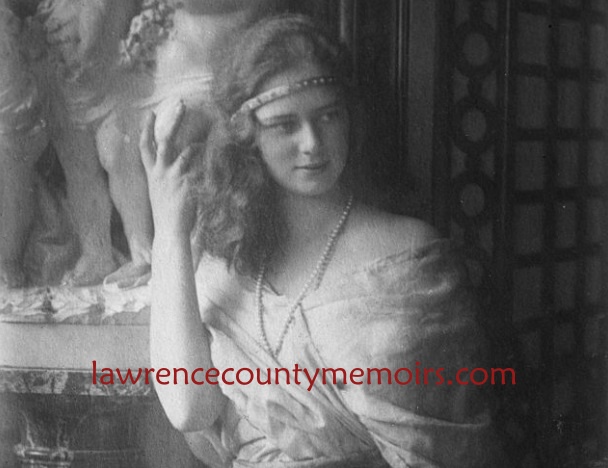 Princess Ileana had serious pursuits at a young woman was very involved with social work in her home country of Romania. She was quite popular with the Romanian people. (c1925) |
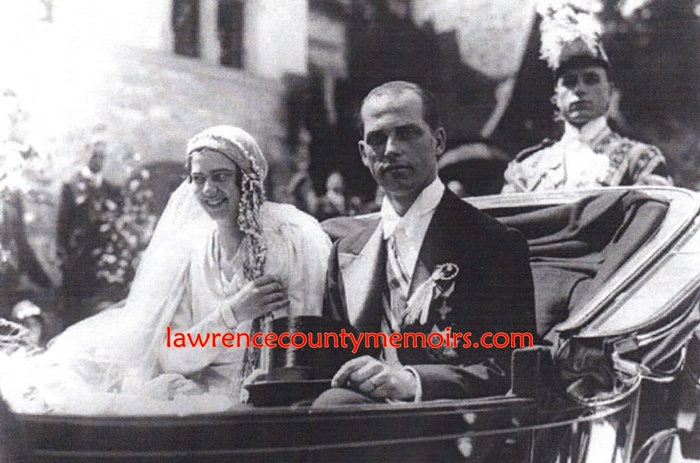 The Royal Wedding of Ileana and Anton took place at Peles Castle in Sanaia, Romania, in July 1931. Ileana’s brother, the recently-ascended King Carol II, encouraged the marriage to get the popular princess out of Romania. After Carol II forbid them to live in Romania the newlyweds took up residence in Sonnberg Castle near Vienna. They had six children over the next decade or so. (1931) Full Size |
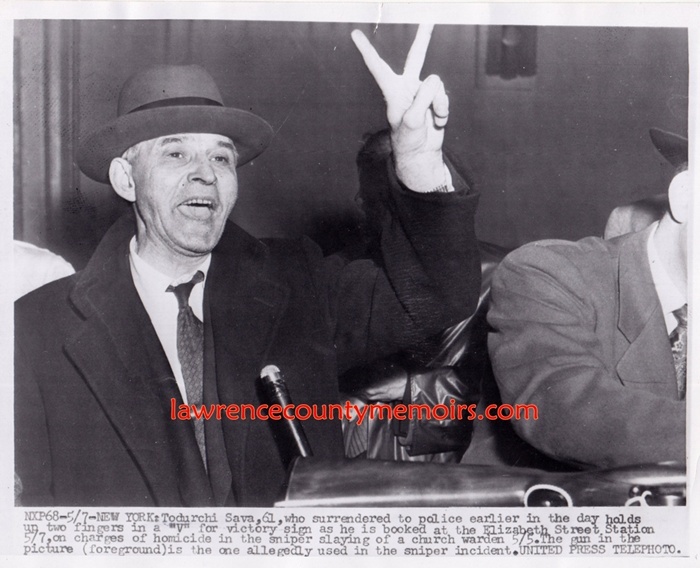 A photo of Todurchi “Tony” Sava taken after he surrendered to police on Monday, May 7, 1956. Two days earlier he fired shots into a crowd of worshippers, which included Princess Ileana, exiting the St. Dumitru’s Orthodox Romanian Catholic Church in New York. Church warden Vasili Cucuia was killed and five others were wounded. He was subsequently sentenced to prison. (May 1956) Full Size |
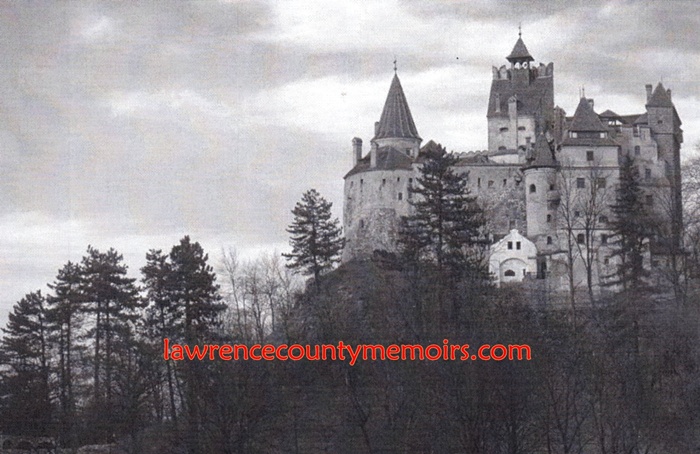 Castle Bran in the Carpathian Mountains served as the royal residence of King Ferdinand I and Queen Marie. Ileana inherited this magnificent castle after her mother died in 1938. Ileana lived in this castle for a time during World War II, but was forced to flee in 1948 when the Communists seized the country. It is one of several locations linked to Bram Stoker’s 1897 novel Dracula and is commonly called “Dracula’s Castle.” In June 2009, after numerous legal wranglings, Ileana’s son Archduke Dominic von Habsburg took repossession of the historic castle and opened it as a museum. (c2010) Full Size |
 Inside the chapel of the Orthodox Monastery of the Transfiguration near Ellwood City. (c2010) Full Size |
 Mother Alexandra talks on the phone at her modest residence at the monastery. (c1985) Full Size |
 (Sept 2013) |  (Sept 2013) |
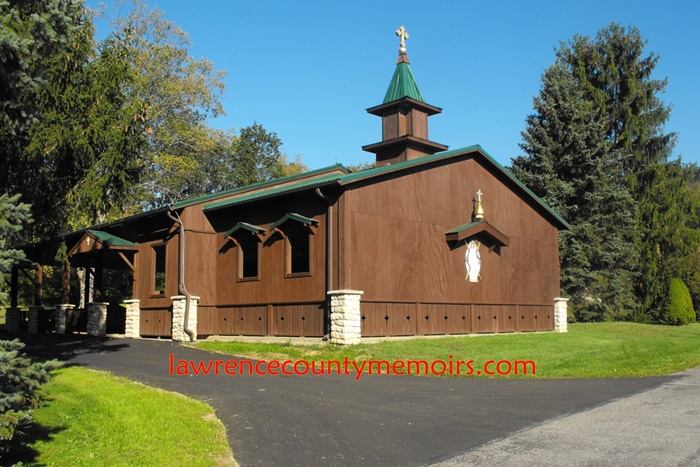 (Sept 2013) Full Size |
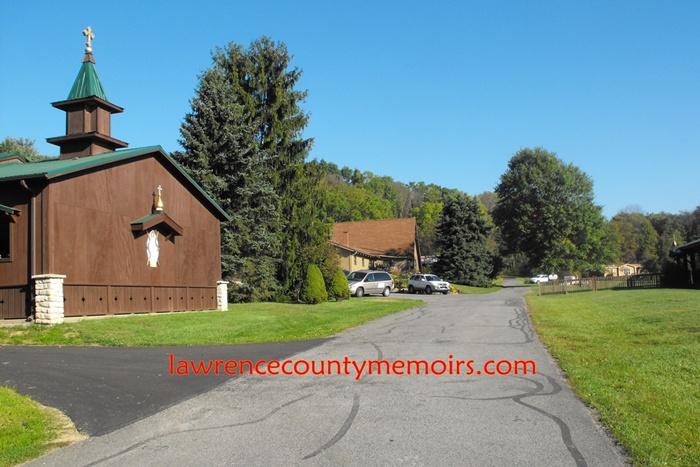 (Sept 2013) |  (Sept 2013) |
 (Sept 2013) Full Size |
 (Sept 2013) | 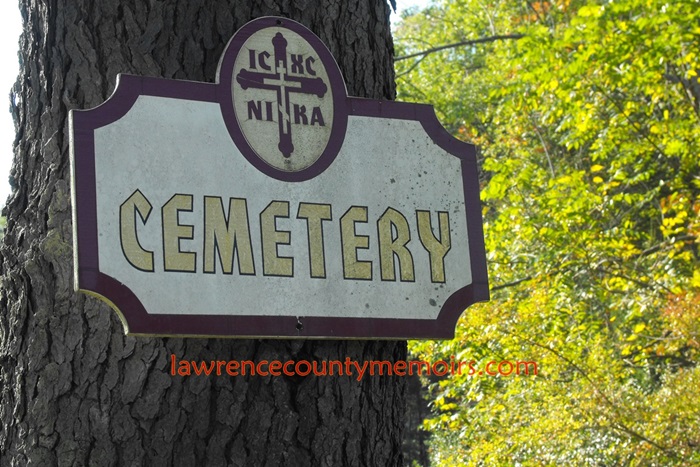 (Sept 2013) |
 (Sept 2013) | 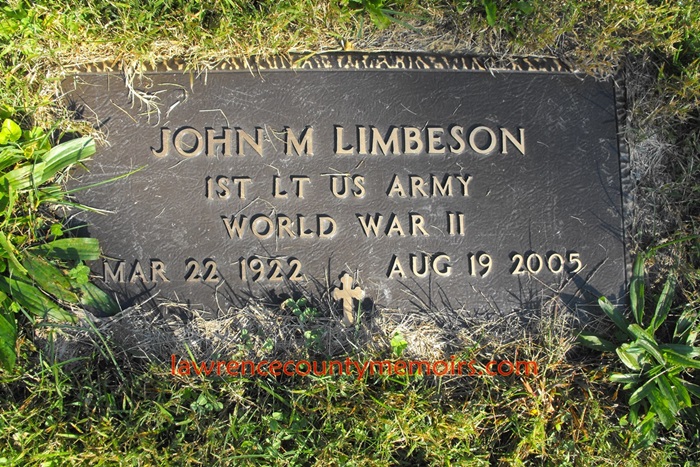 (Sept 2013) |
 The grave site of the distinguished Archbishop Kyrill (Llia Yonchev), the longtime head of the Orthodox Church of America’s Diocese of Western Pennsylvania. To learn more click on: OBITUARY. | 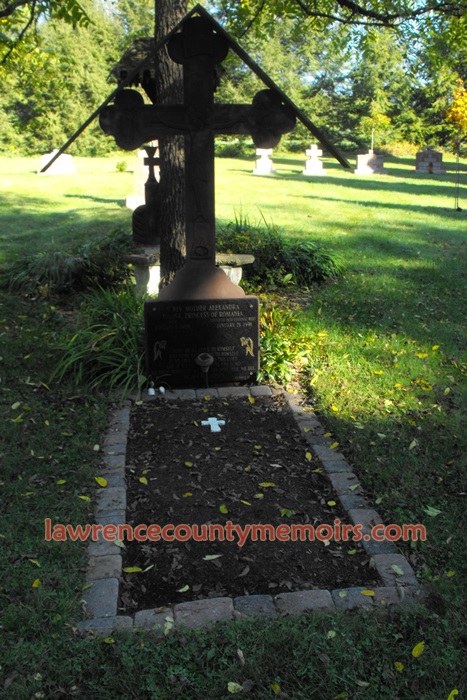 The grave site of the beloved Mother Alexandra or Princess Ileana. I believe at least a portion of the dirt on top of the grave is from Romania. (Sep 2013) |
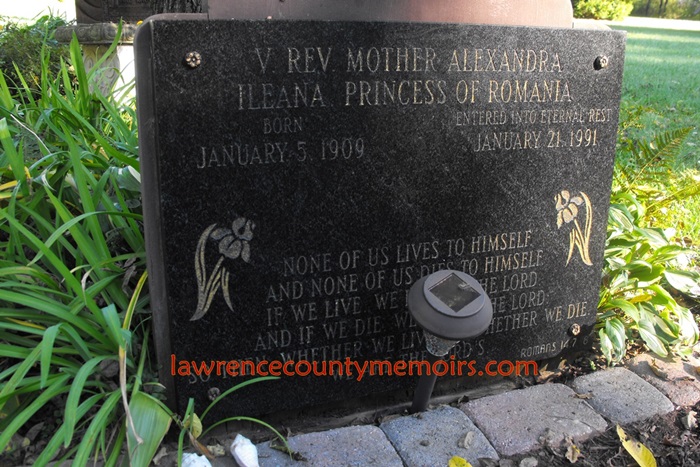 A close-up of Mother Alexandra’s marker. (Sep 2013) |  (Sept 2013) |
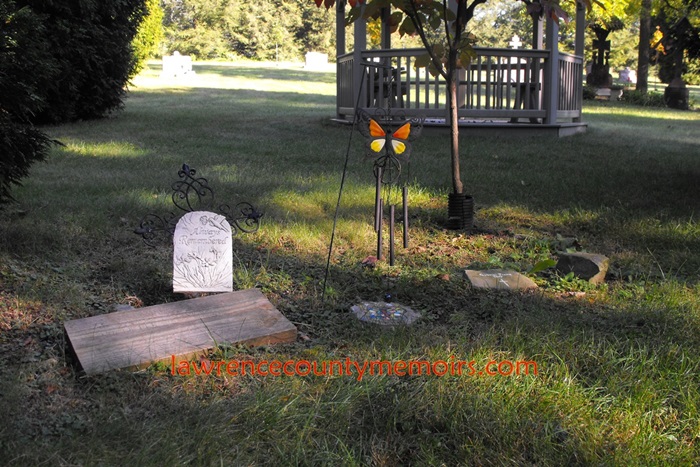 (Sept 2013) |  (Sept 2013) |




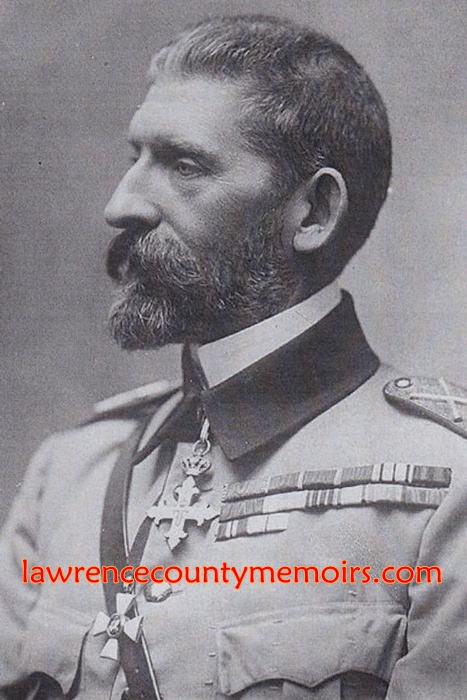

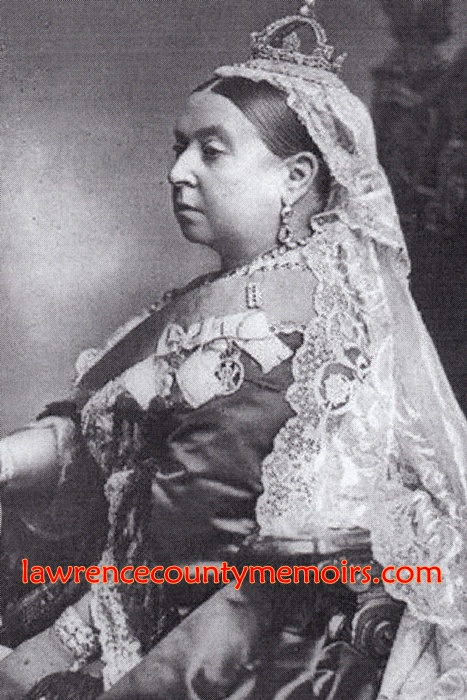
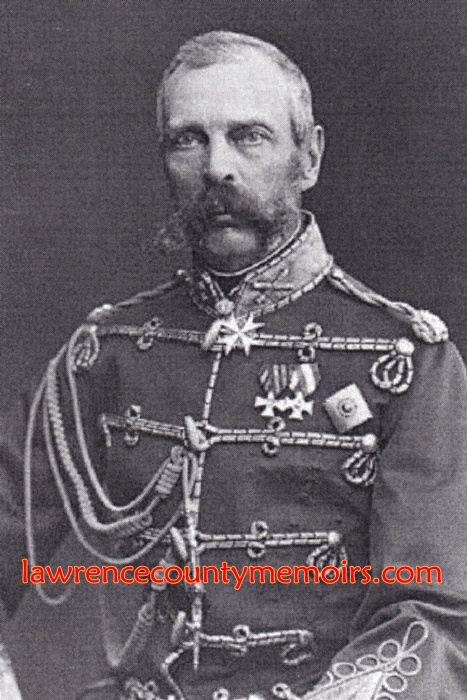
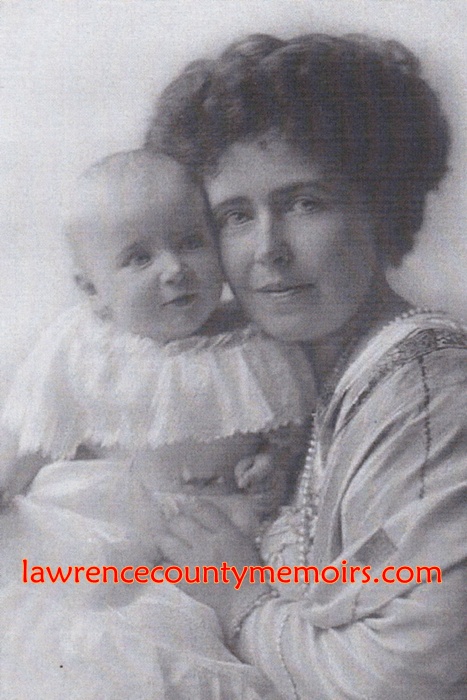
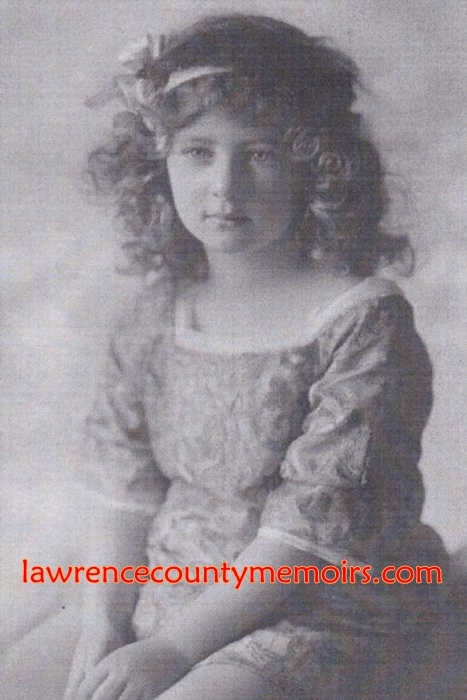
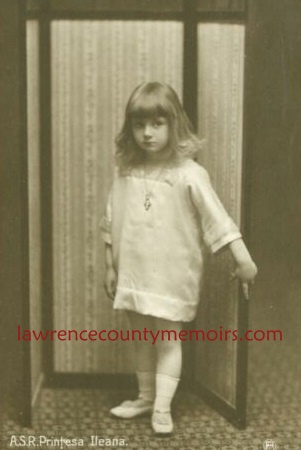
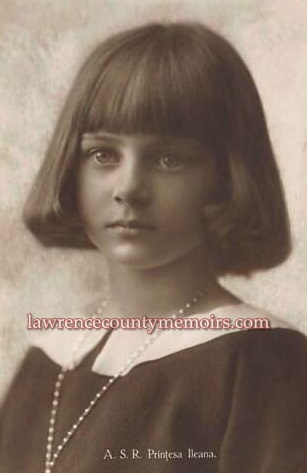
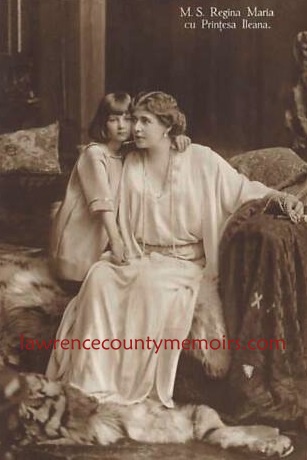
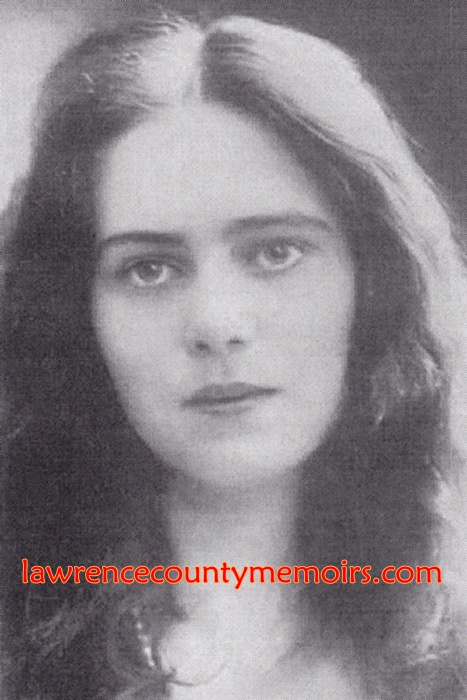
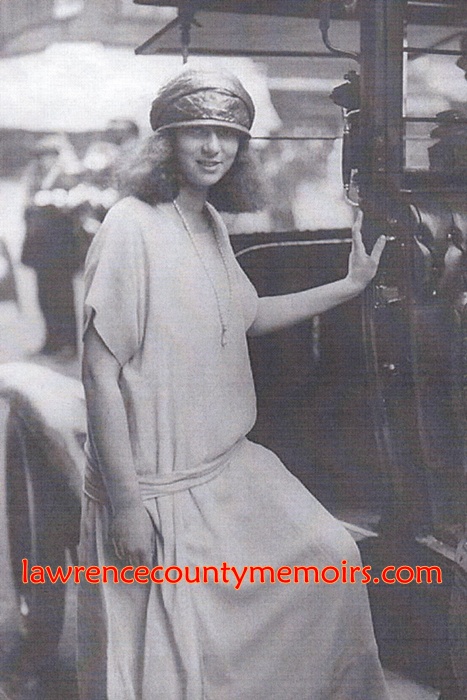
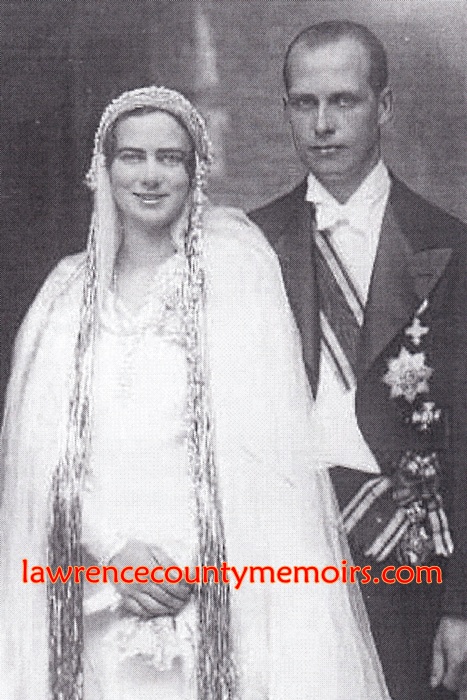
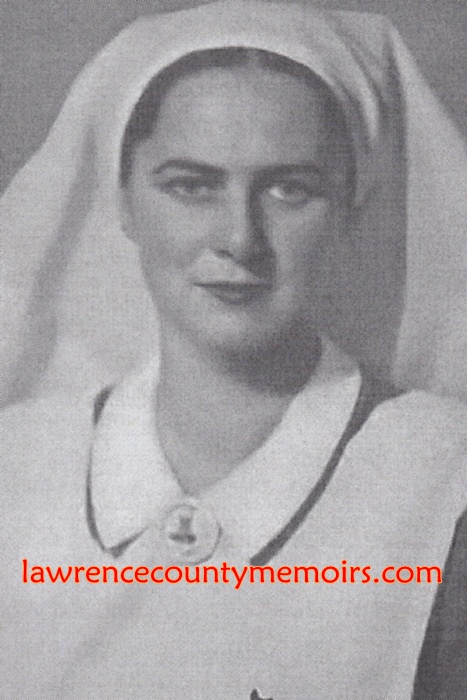
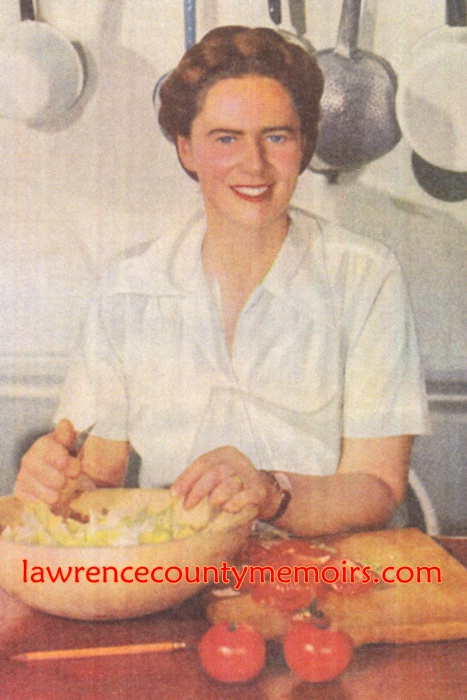
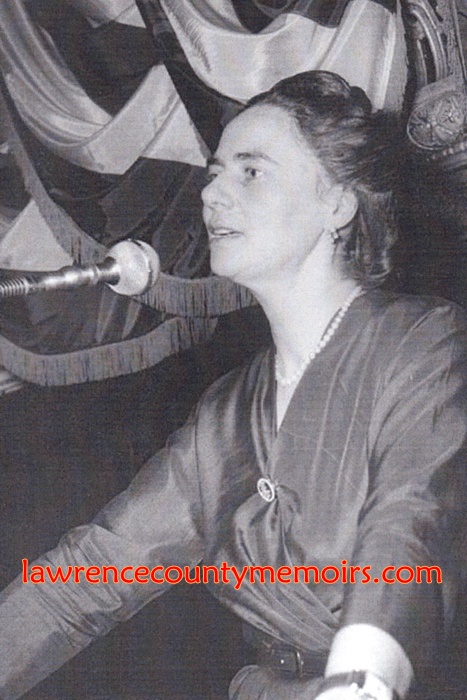

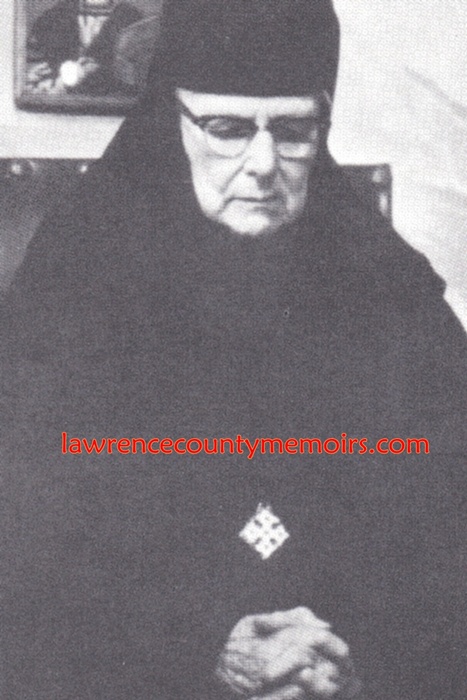
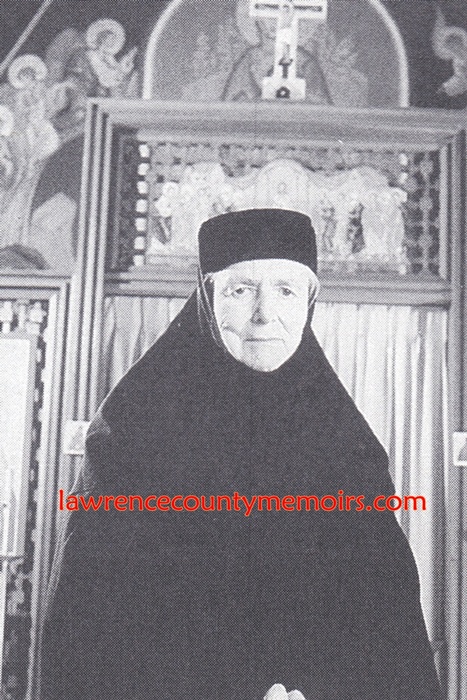
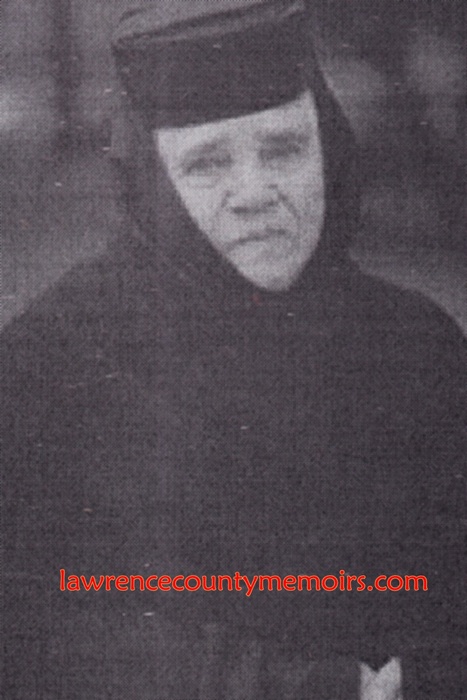
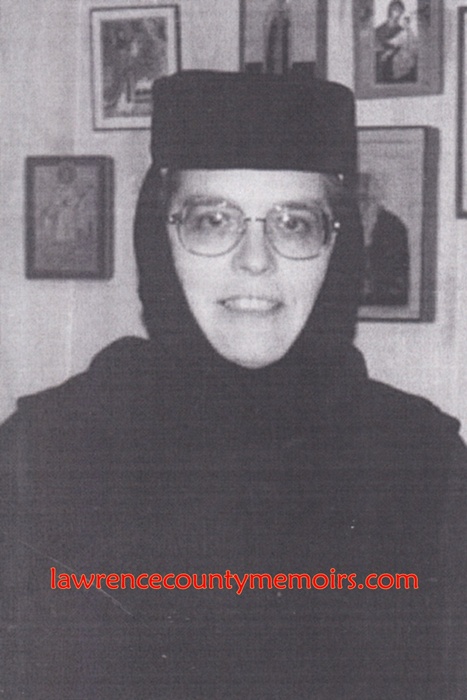
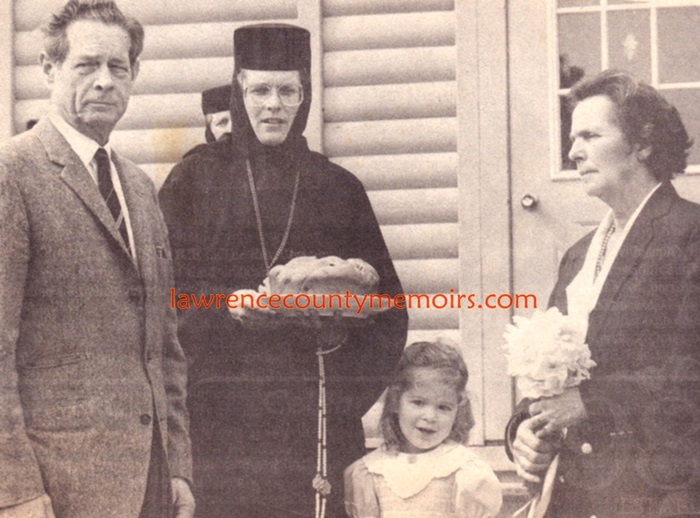
Comments
kimberly kissick girbert #
To think I lived just down the road on Meadowland Ave and never knew much about this or the incredible story behind it. When/if I ever make it back home to visit, I will surely see this.
Mr. Kemrer #
To think we have such an amazing piece of world history right here in Ellwood City…incredible story!
Cassie Widmaier #
This is an interesting fact to find out about Ellwood City!
Francesca Florie #
It’s very shocking that a location so close to home is the resting place of a beloved historical figure, but also very interesting. To think a foreign member of royalty decided to settle down in a small U.S. town, let alone Ellwood City!
Maddie Spadafore #
So interesting that someone from Ellwood City with so much faith started a church and had once lived in Dracula’s Castle. Ironic that today is Halloween as well!
carly deloia #
I think that it is really cool that this is in Ellwood
Carsen Bathke #
Never knew such history was associated with Ellwood.
Katie Bowser #
I have passed the Orthodox Monastery before, and never thought anything of it-just another church. Now when I pass the church, I will think of Princess Ileana.
Alex Scott #
I pass this monastery more than a hundred times and I would have never gave a second thought of who created it and who lies on the cemetery grounds.
Alex Hawrylak #
What an important piece of Ellwood history that seems to go unnoticed.
Stephen Mackneer #
Its interesting to know that where I’ve their was so much story behind it that I didn’t even know.
Rylee Williams #
Crazy to think that a town as small as Ellwood City would contain such a large piece of history! Absolutely incredible.
Caden Ochsenhirt #
Small towns like Ellwood can hide big secrets, I didnt know that it could hide one this big though. It is very shocking to see foreign royaly settling down in the ground of Ellwood City.
Jennifer Betz #
I thought it was really cool that there’s interesting history about Ellwood city and I’m learning new things about it because i don’t know much about here.
Vanessa Huth #
I would’ve never known how far this girl’s story went back. It’s pretty cool to know her story.
Ariana Garroway #
I had no idea Mother Alexandra was buried in Ellwood City, or how much she accomplished in her prosperous lifetime.
Mia D. #
I have seen this place before but never knew it had such a great history.
Alena Battaglia #
so cool to have such an important piece of history right here in my home town.
Jadyn Sudano #
I have seen this sign many times and have wondered if this church has been used. It is really interesting to know the story behind it.
Caitlin Meehan #
I think it would be interesting to visit this cemetery and church now that I know the history behind it.
Kaitlyn Navolio #
Amazing that such a small place like Ellwood was part of such a big story. With as many times as I’ve driven past I never heard the story.
Lee Barnhart #
this is truely a interesting topic it would be a very good subject to research and i did not know that we had a Romanian princess in the United States.
Isabella Kosto #
I’ve driven past this church so many times and never knew anything about it. It’s really interesting to finally know the history behind it.
Colin Smith #
I knew we had great history in this town but i didn’t know we had something like that. I thought it was just another church.
Kali Gosling #
It’s very interesting that Ellwood a part of something so fascinating.
danielle grannis #
It is amazing how much history can be hidden in such a little town like ellwood
Bella Rangel #
It is so interesting how much history is in just one person’s tombstone here in Ellwood City.
Patricia Mcmillin #
I never knew that the monastery had such an interesting history.
Brady Welsh #
I have seen this place before but never knew that it was such a great historical landmark.
Megan D. #
This article was very interesting, and I never knew about this or the story behind it.
Marley H #
What an interesting bit of history! I’d have never known.
Emma Brown #
Its pretty amazing to see how much history a cemetery can hold, especially since it is in Ellwood City.
Hannah Keally #
I don’t think I’ve been to this place before, but its really interesting to see the history behind one of Ellwood’s monasteries.
Zoe Rinker #
Its truly fascinating to see how such a historical figure could go unnoticed.
Alex F #
This is so interesting, I never would’ve expected this kind of history to be here in Ellwood City.
matt D #
i would never of known something like this could ever be from around here.
Keaira #
That is very fascinating!
Mikayla Beachem #
I live right down the road from the monastery, but I never knew the history behind it.
Robin Gess #
I had no idea that we had anything like this in your town. To know that we had a princess living in this town is unbelievable but really cool.
Caden Myers #
I think it is very cool that this is located so close to Ellwood. I had no idea someone so significant was buried near my hometown.
Matthew James #
It is cool to know something like this is in Ellwood city but its weird nobody noticed it.
David Caccia #
i never knew Ellwood had so much history
Josh Magill #
Its cool how we can trace back this far and learn so much about someone that went unnoticed.
Broc Boariu #
It’s crazy that so much history is in such a little town
donavin chambers #
that is very interesting to know. i never would have known that.
Morgan Meyer #
Never knew history like this was in Ellwood City.
makenzie reisinger #
This was very interesting. i did not know we had a such a historical piece around here.
Keegan Reisinger #
I think its so cool that she once lived in dracula’s castle and find it very interesting that she may have had children here and they are part of a big legend.
isabella roth #
this story was very fascinating. And i cant believe Ellwood city has this kind of history.
Alexandria #
Awesome and very interesting about the history in such a small town
Logan Couch #
It’s cool to know more about Ellwood’s history.
Jaden Miller #
I drive past it all the time and my grandpa is actually buried there. I never knew the history behind it until now.
Anna Otlowski #
I didn’t know this was not that long ago. very interesting article.
Ethan Lordi #
I think it is amazing that a piece of history like this is in little Ellwood City.
Jeremy Streckeisen #
This was an incredible story that I found very interesting, and I would have never known about this historical place.
Abby Schlafly #
The article was interesting and amazing to find out that this is a piece of our history.
Debbie C. #
I have passed this monastery many times and knew there was something special I didn’t know about. This story is amazing, it makes me want to visit her grave. I had a great aunt and uncle from Romania who settled in Morado of all places, u never spoke the name of Dracula in their presence, my aunts name was “Tusha” and uncle John Morar. They were plain, humble, god fearing good people, I bet they new this story.
Mary K Stanesa #
My first visit to the Ellwood City Monastery was in 1969. It was in its infancy then. We had heard through the American-Romanian community that Mother Alexandra/Princess Ileana was establishing an Orthodox monastery in western PA so we came to see. I was just 15 yrs old then. The seed was planted! Life went on. Fast forward 10 yrs. Another death in my family brought me back to the monastery in 1979. Now, the 3 nuns from Romania whom Mother Alexandra had sent for, including Maica Benedicta, had arrived & were hard at work helping to establish the monastic community presence. I began regular visits from Dearborn, MI to Ellwood City, PA particularly for the monastery’s feast day pilgrimage of the Holy Transfiguration of Our Lord on Aug. 6. They were glorious feast days, with hundreds of pilgrims in attendance! I continued my monastery visits for 8 yrs, until Maica Benedicta relocated the 3 Romanian nuns to the Midwest, just 80 minutes from my home! Now, Holy Dormition Orthodox Monastery in Rives Junction, MI is my home away from home! Mother Alexandra established the FIRST women’s Orthodox Christian Monastery in the USA, and it’s ripple effect has now influenced MANY Orthodox Christians through out the USA.
Comment